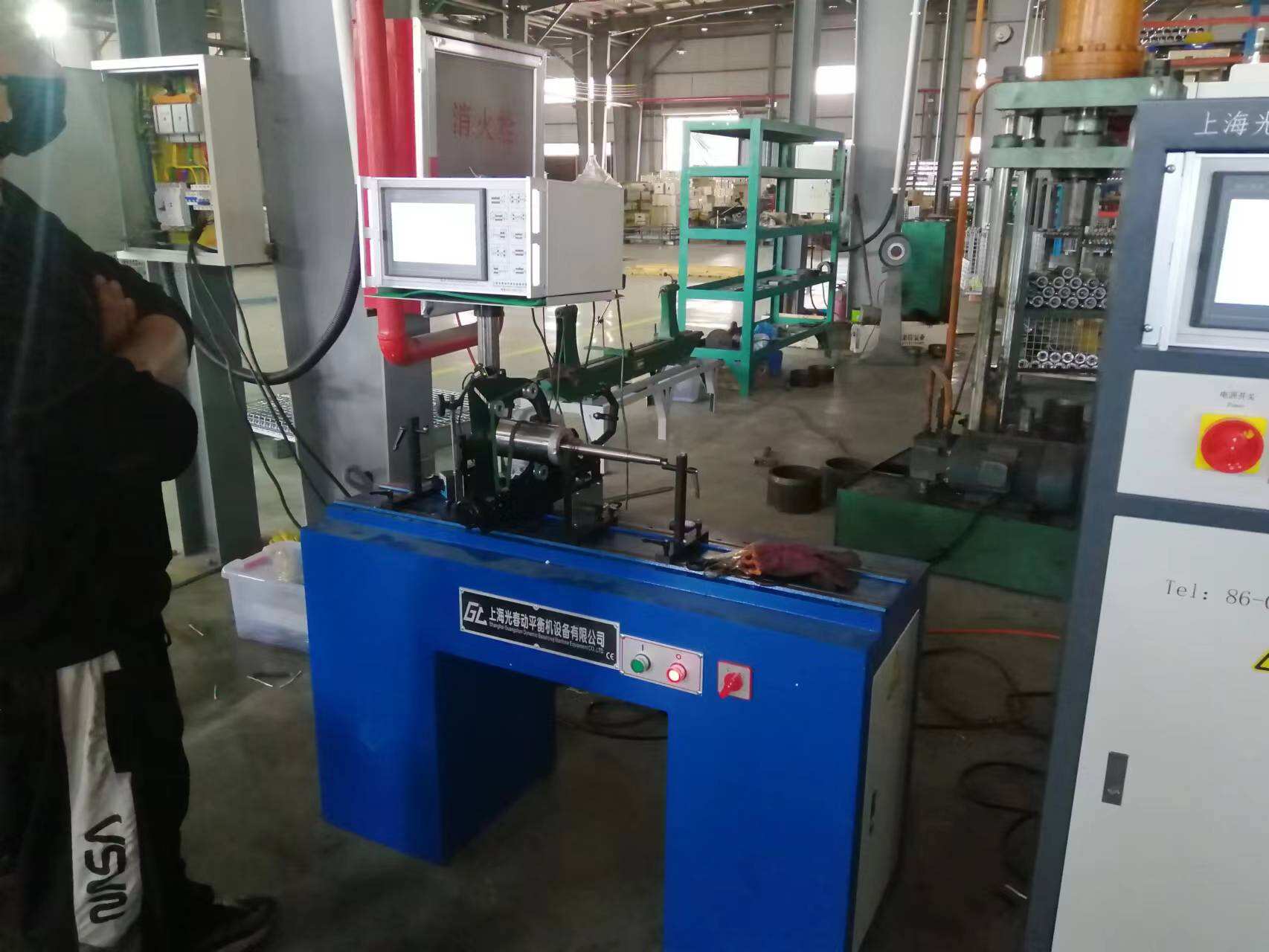Understanding the Critical Role of Balance in Modern Industry
In today's fast-paced industrial environment, the precision and efficiency of rotating equipment play a pivotal role in manufacturing success. Dynamic balancing has emerged as an essential process that ensures optimal performance, reduced maintenance costs, and extended equipment life across various industrial applications. From massive turbines to small electric motors, the importance of properly balanced machinery cannot be overstated.
When industrial equipment operates at high speeds, even minimal imbalances can create significant vibrations, leading to premature wear, increased energy consumption, and potential catastrophic failures. Dynamic balancing addresses these challenges by precisely measuring and correcting mass distribution in rotating components, ensuring smooth operation at all speeds.
The Science Behind Dynamic Balancing Technology
Principles of Rotational Balance
Dynamic balancing relies on sophisticated principles of physics and engineering. At its core, the process involves measuring the distribution of mass around a rotating axis and making precise adjustments to achieve equilibrium. Modern balancing equipment utilizes advanced sensors and computer analysis to detect even microscopic imbalances that could affect performance.
The technology measures both static and couple imbalances, considering forces acting in multiple planes. This comprehensive approach ensures that equipment operates smoothly across its entire speed range, from startup to maximum operating velocity.
Advanced Measurement Techniques
Today's dynamic balancing systems employ cutting-edge measurement technologies, including laser sensors, accelerometers, and digital signal processing. These tools provide real-time data about vibration patterns, allowing technicians to pinpoint exact locations where corrections are needed. The precision of these measurements often reaches micron-level accuracy, ensuring optimal balance quality.
Computer-aided analysis systems interpret the collected data and calculate the exact weight and position corrections required. This technological advancement has transformed dynamic balancing from an art into a precise science, delivering consistently superior results.

Industrial Applications and Performance Benefits
Enhanced Equipment Longevity
One of the primary advantages of dynamic balancing is its significant impact on equipment lifespan. Properly balanced machinery experiences less wear on bearings, seals, and other critical components. Studies have shown that well-balanced equipment can last up to three times longer than unbalanced counterparts, representing substantial cost savings over time.
Regular dynamic balancing maintenance programs help identify potential issues before they become serious problems, preventing unexpected breakdowns and extending the operational life of industrial equipment.
Energy Efficiency Improvements
Dynamic balancing contributes significantly to energy efficiency in industrial operations. Balanced equipment requires less power to operate, as energy isn't wasted overcoming vibration and friction. Many facilities report energy savings of 10-15% after implementing comprehensive dynamic balancing programs.
These efficiency gains not only reduce operational costs but also contribute to environmental sustainability goals by lowering overall energy consumption and carbon footprint.
Implementation Strategies and Best Practices
Establishing Maintenance Protocols
Successful dynamic balancing programs require well-defined maintenance protocols. Regular monitoring and scheduled balance checks help maintain optimal performance and prevent gradual degradation. Industry experts recommend developing comprehensive maintenance schedules based on equipment type, operating conditions, and historical performance data.
Training maintenance personnel in dynamic balancing principles and procedures ensures consistent quality and enables quick response to potential issues. Documentation of balancing procedures and results creates valuable historical data for future reference and analysis.
Quality Control Standards
Implementing strict quality control standards for dynamic balancing operations is essential for achieving consistent results. This includes regular calibration of balancing equipment, standardized procedures for different machinery types, and detailed documentation of all balancing work performed.
Modern quality control systems often incorporate digital tracking and analysis tools, allowing facilities to maintain comprehensive records and identify trends that might indicate developing problems.
Economic Impact and Return on Investment
Cost-Benefit Analysis
While implementing dynamic balancing programs requires initial investment in equipment and training, the long-term financial benefits typically far outweigh the costs. Reduced maintenance expenses, lower energy consumption, and increased equipment reliability contribute to significant cost savings over time.
Companies that have implemented comprehensive dynamic balancing programs often report payback periods of less than two years, with ongoing benefits continuing to accumulate throughout the equipment's operational life.
Productivity Improvements
Beyond direct cost savings, dynamic balancing contributes to increased productivity through reduced downtime and improved equipment reliability. Balanced machinery operates more efficiently, produces higher quality output, and requires fewer unexpected maintenance interventions.
These productivity gains often translate into improved customer satisfaction, better competitive positioning, and increased profitability for industrial operations.
Frequently Asked Questions
How often should industrial equipment undergo dynamic balancing?
The frequency of dynamic balancing depends on several factors, including equipment type, operating conditions, and usage patterns. Generally, critical high-speed equipment should be checked quarterly, while less critical machinery might require annual balancing. Regular vibration monitoring can help determine when balancing is needed.
What are the signs that equipment needs dynamic balancing?
Common indicators include increased vibration, unusual noise, excessive bearing temperature, reduced performance, and increased power consumption. Regular vibration analysis can detect imbalance issues before they become severe enough to cause noticeable symptoms.
Can dynamic balancing be performed on-site?
Yes, many types of dynamic balancing can be performed on-site using portable balancing equipment. However, some specialized applications may require equipment to be sent to a dedicated balancing facility, particularly for high-precision work or very large machinery.




